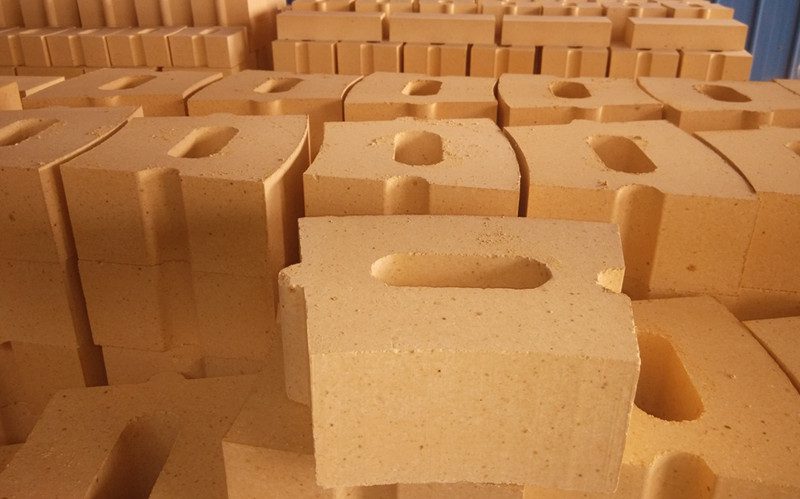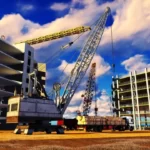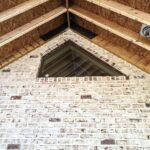How to Get the Most Out of Refractory Bricks
What constitutes Refractory Bricks?
Refractory bricks are used to construct fire-resistant structures such as high-temperature furnaces, kilns, and incinerators. Refractory bricks have a significantly higher melting point than regular bricks because they are made from heat-resistant materials such as ceramic, alumina, magnesia, and other compounds. This ensures that they will not degrade or fracture when exposed to extreme heat or sudden temperature changes. Refractory bricks are commonly used in the production of metals, glass, petroleum, chemicals, and cement.
The benefits of refractory bricks
Refractory bricks are an excellent material for any residence or business, as they offer several distinct advantages. The following are some benefits of refractory bricks:
Durability:Refractory bricks outlast conventional construction materials such as concrete and mortar because they are not subject to the same level of wear and tear. These bricks are unaffected by extreme temperature fluctuations and can withstand the heat generated by furnaces and boilers without splitting or crumbling, preventing damage from occurring.
Fire repellent: Refractory bricks provide an excellent flame-retardant barrier that can help protect residences, businesses, and industrial buildings from fire damage. Additionally, the materials can reduce smoke damage during fires and toxic vapours during metal melting.
Energy Efficiency: Refractory pavers are more effective than other materials at absorbing and retaining heat. This enhanced heat retention results in reduced energy consumption, which makes them highly desirable for commercial applications such as brick furnaces, bakeries, and glassmaking foundries.
Cost-Effective: Refractory bricks are cost-effective for both small- and large-scale endeavours, such as barbecues and fireplaces, and industrial furnaces. These materials require less maintenance over time and are considerably less expensive than steel or reinforced concrete when constructing or repairing structures.
Negative Aspects of Refractory Bricks
Before utilizing the advantages of refractory bricks, there are several disadvantages that must be considered. First, the production of refractory bricks is a time-consuming and costly endeavour. Refractory bricks require a higher production temperature and a lengthier production time than other types of ceramics. This incurs additional expense for the end user.
In addition, refractory bricks are considerably more brittle and fragile than other ceramics. This increases their susceptibility to fractures and other forms of damage. This can be especially problematic when dealing with high temperatures, Therefore, refractory bricks must be handled with extreme caution to prevent costly fracturing.
Due to their density, refractory bricks are also typically quite weighty. This can result in a variety of logistical problems, such as increased transportation costs or inadequate support, which can lead to breakage.
Lastly, refractory bricks are typically only suitable for applications requiring high temperatures. Therefore, the user must carefully consider their requirements to determine whether refractory bricks are the best option for their application.
Disclaimer: This content is provided solely for your review. Erusu Consultants takes no liability for this article. The reader is advised to form their own opinion. Please consult a Structural Engineer before making any final decisions.






